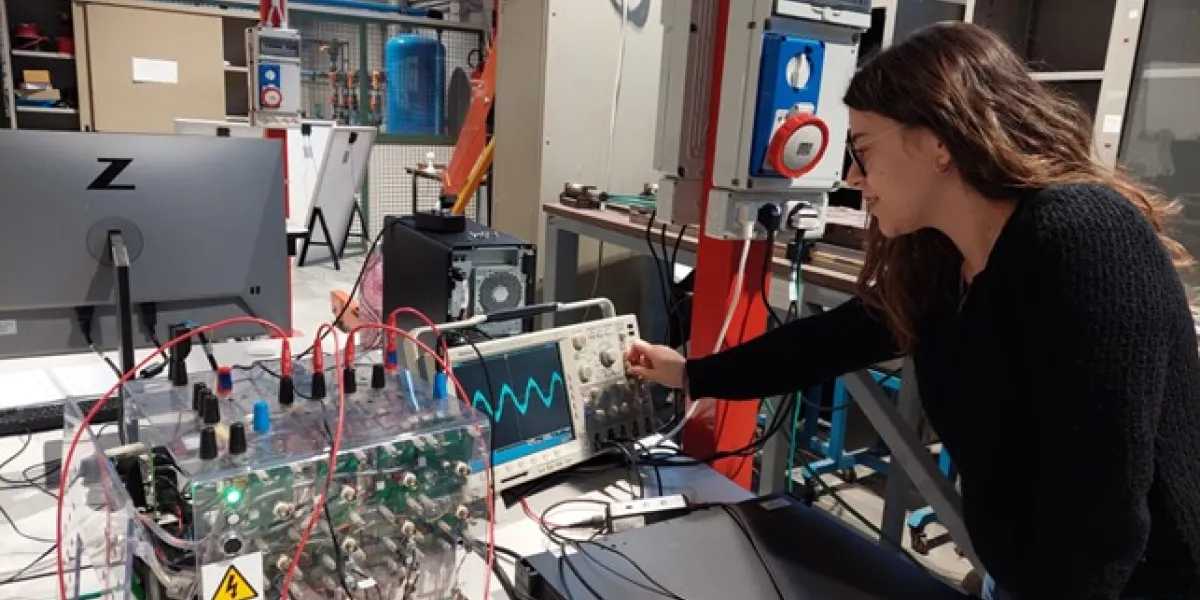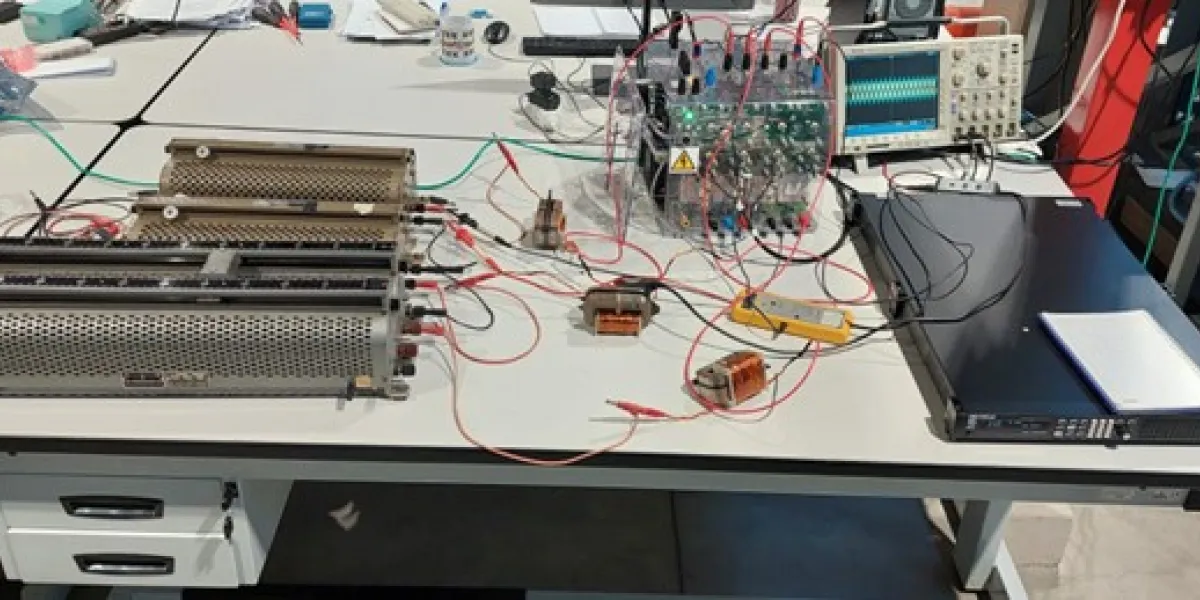Renewable Energy Communities in Agricultural Areas: Interview with NODES PhD Candidate Oriana Benfatto

Oriana Benfatto, a third-year PhD candidate within the NODES program in the PhD course in Electronic, Computer, and Electrical Engineering (Cycle 38), talks to us about her research project, "Sustainable services for agricultural areas: renewable energy communities and micro-grids." The project, supervised by Professor Norma Anglani from the Department of Industrial and Information Engineering at the University of Pavia, is developed within the flagship project FORMIDABILAE. It focuses on integrating renewable energy and energy communities to enhance sustainability in agricultural areas.
NB: Renewable energy communities represent an opportunity to make the agricultural sector more sustainable and efficient. In your opinion, what are the main obstacles to their large-scale adoption?
OB: Energy communities offer a great opportunity to make agriculture more sustainable, but they also face several challenges. One of the main issues is the stability of the electrical grid: while renewables are essential, they are also variable, requiring storage systems and advanced strategies. Moreover, a lack of awareness among farmers and citizens limits participation, highlighting the need for greater outreach and education. Bureaucratic complexity also slows development, with intricate procedures and uncertainties regarding incentives. Overcoming these challenges requires clearer regulations, targeted incentives, and advanced energy storage and smart management technologies to ensure a sustainable and inclusive transition.
***
NB: The FORMIDABILAE project aims to develop innovative solutions to improve energy efficiency in the agri-food sector. What is the specific contribution of your research in this context, and what promising technologies are you working on?
OB: Within the FORMIDABILAE project, my research focuses on a case study involving a dairy farm, evaluating electrical loads and converters to make it as self-sufficient as possible and less dependent on the power grid. Specifically, I study the control of grid-forming and grid-following inverters to ensure system stability while optimizing energy flow between renewable sources, battery storage, and critical loads such as milking and milk cooling systems. In parallel, we analyze municipalities served by the same primary substation, assessing the potential for rooftop photovoltaic installations using geospatial analysis techniques and comparing estimated energy production with consumption data from national databases. This allows us to estimate the community's self-sufficiency level and optimize system sizing. The ultimate goal is to develop a replicable model for creating self-sufficient energy communities, promoting the adoption of advanced energy efficiency technologies and renewable energy integration in the agri-food sector.
***
NB: Being part of the NODES ecosystem and a flagship project like FORMIDABILAE, has this experience provided you with new perspectives or collaborations that have enriched your research journey? What results have you achieved so far?
OB: Being involved in the NODES project has allowed me to collaborate with the AUDE laboratory at the University of Pavia, fostering interdisciplinary dialogue. This experience has enriched my journey, enabling me to analyze energy communities from technical, architectural, and urban planning perspectives. I have visited research centers and agri-food companies, gaining firsthand insight into renewable energy technologies and practical challenges. I developed a simulation model to assess the energy self-sufficiency of a dairy farm and its connected community, combining load analysis with photovoltaic potential evaluation.Additionally, I have deepened my study of grid-forming and grid-following inverter control to enhance local grid stability, proposing scalable solutions for the agri-food sector.


